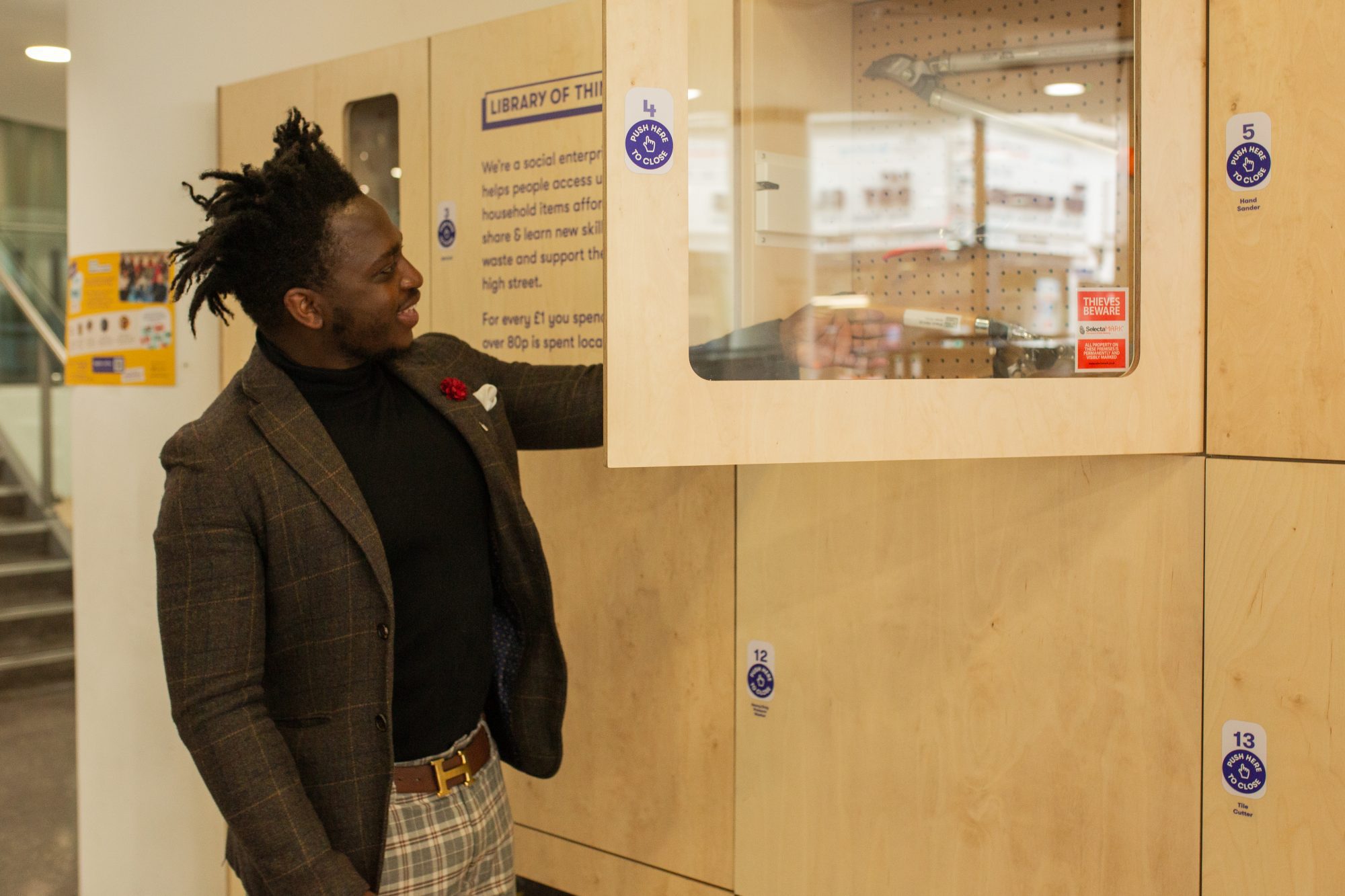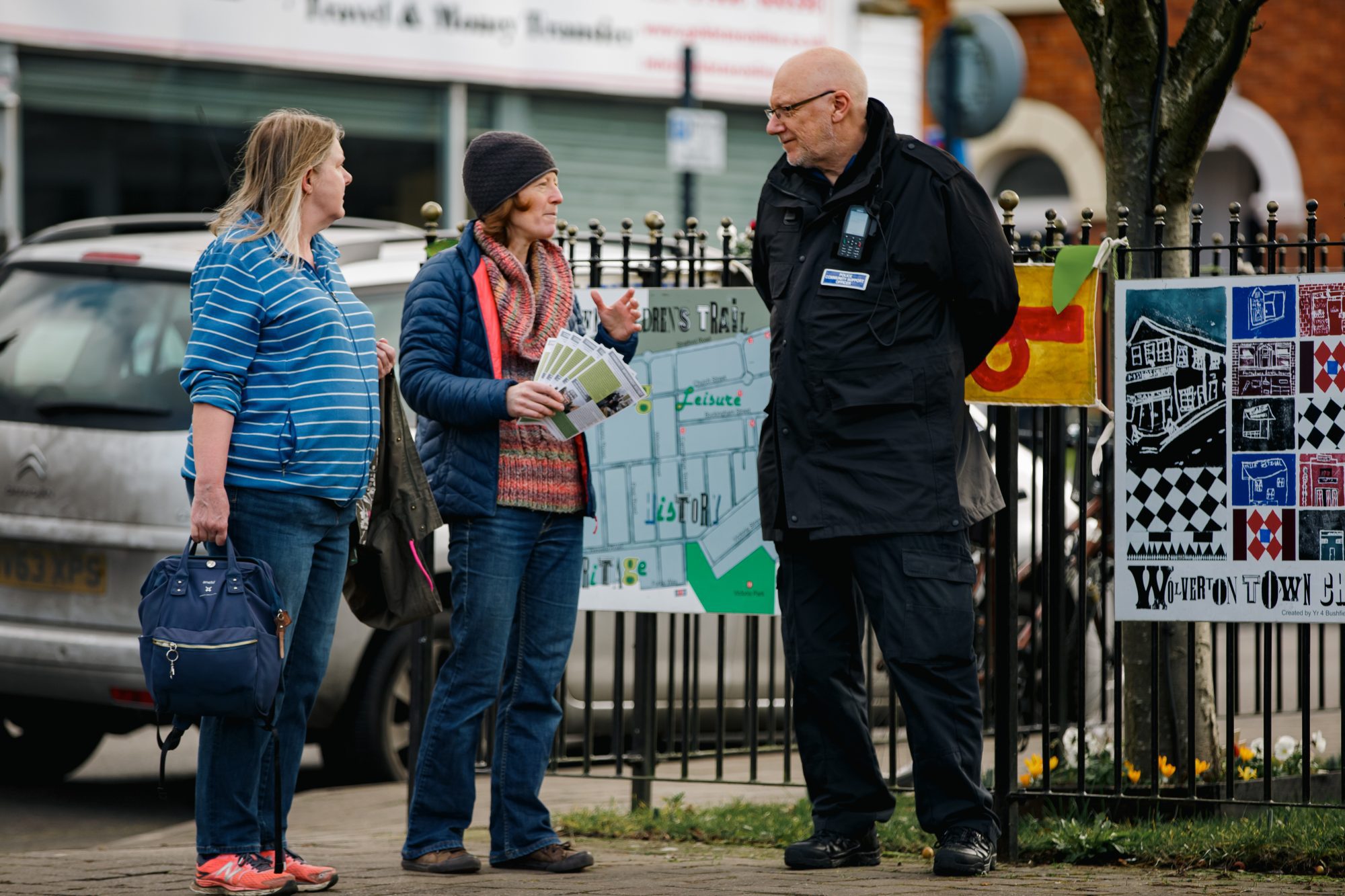Our high streets and town centres have faced significant decline in recent years, but a new community-led approach, pioneered by Power to Change, could be the key to unlocking powerful regeneration of our high streets.
Community Improvement Districts are being piloted in six places across England to drive community-led regeneration of our high streets and town centres. According to new research by Sheffield Hallam University, there is strong public interest and empathy towards high streets and town centres, with the right support, mobilisation of communities can truly create the kind of high streets that local people want and need.
CIDs are a community-led approach to high street regeneration that captures the who, how and where of a particular way of supporting local high streets. Our work suggests the approach has made a difference in local communities and should be supported. CIDs have shown through community leadership, local partnerships can address the challenges on a local level that previous initiatives have failed to tackle.
CIDs became convenors of place-based partnerships, using local relationships and credibility to build a shared vision for the future of their local high street in collaboration with residents, local government and other high street stakeholders such as property owners and traders.
The report followed the progress of CIDs pilots in London, Sunderland, Ipswich, Stretford, and Wolverton. Each pilot received £20,000 in funding from Power to Change, with the London pilots receiving further funding from the Mayor of London through the High Streets for All Challenge.
Learnings and recommendations from the pilot programme highlight the importance of community leadership and engagement in achieving successful high street regeneration, but the report also emphasises the need to ensure the right funding and support to facilitate community leadership and engagement in high street regeneration.
One Kilburn, London
In London, Kilburn’s CID activities centred on building new partnerships to engage the public. Local authorities empowered residents to facilitate walkabouts and public meetings as trained ‘community activators’. The One Kilburn partnership is also working with Camden Library and the social enterprise, Library of Things, to introduce a service where residents can rent out items they might not otherwise be able to afford such as DIY tools, sewing machines and sound systems.
Mobilising high profile, street level activities has been key to the pilots’ success, with CIDs initiating community events, repurposing empty shops, installing public realm improvements, and running branding and communications campaigns to inspire confidence and create momentum.

Back on the Map, Hendon
In Hendon, Sunderland, the introduction of highly visible branding transformed Villette Road into the “Heart of Hendon.” This initiative, led by community anchor organisation Back on the Map, signalled a strong commitment to driving change. Traders, residents and the council worked together to repurpose once neglected buildings, run family events, introduce a new 20mph zone, and install attractive new planters.
Back on the Map also installed a Christmas tree in December 2022, which one elderly resident said was the first time there had been one since he was a child. The CID has piloted the use of household support vouchers to support local traders as well as residents. There are active plans to buy the vacant block to address the problem of empty shops, as well as a building at the end of Villette Road which will be repurposed as a youth enterprise hub. The CID will continue as a place-focused subsidiary of Back on the Map (but with trader representation) and use its parent organisation’s charitable structure for accountability.

Tim Davies Pugh, CEO at Power to Change, said:
“The CIDs pilot programme has demonstrated the power of community-led approaches to revitalise our high streets, bringing new activities and life into under-used spaces, mobilising partnerships, and generating tangible physical and economic improvements.
“By supporting and resourcing community leadership for the long term in future regeneration efforts, policymakers and funders can drive meaningful change.”
Jules Pipe CBE, Deputy Mayor of London for Planning, Regeneration and Skills, said:
“High streets are the backbone of London and vital to the capital’s communities, economy and future. Local communities were also key to London’s response to the pandemic, providing vital mutual aid very quickly. It’s important that we build on the lessons that emerged, particularly the importance of local voices being included in conversations on the future of London’s high streets and town centres. The Mayor’s High Streets for All programme supports this, fostering local partnerships that promote collaboration between local authorities, business, anchor institutions and local community representatives.
“We’re proud to be working alongside Power to Change as part of a national pilot to test the ‘Community Improvement District’ concept and better understand how local communities can play an effective and meaningful role in community-led regeneration across London.”
